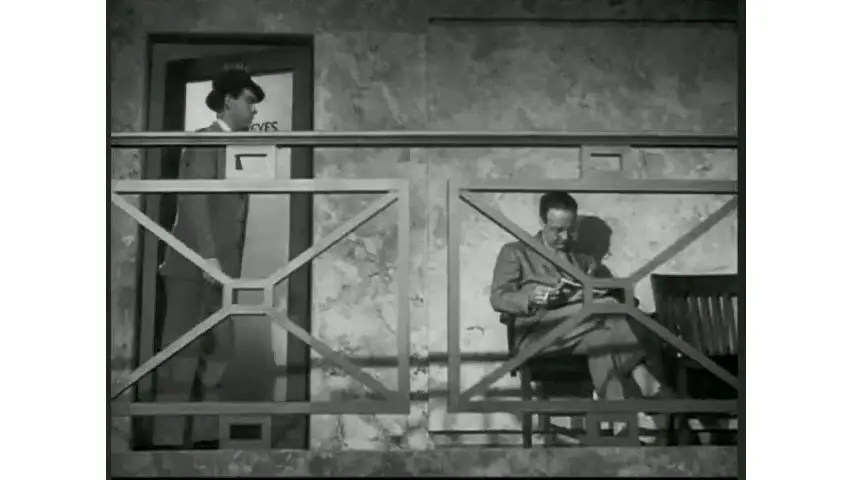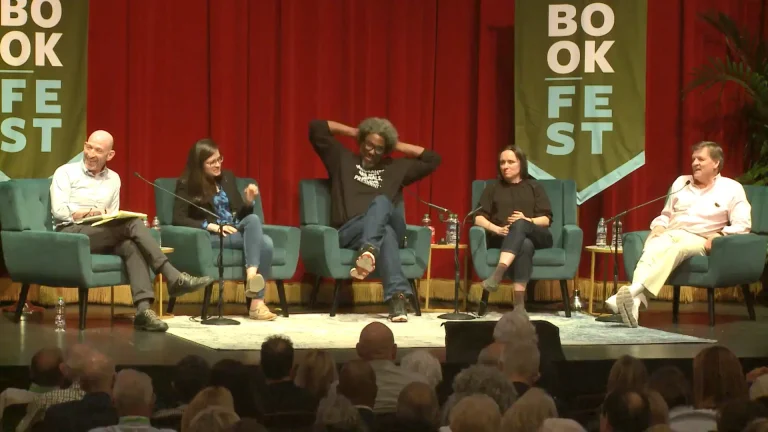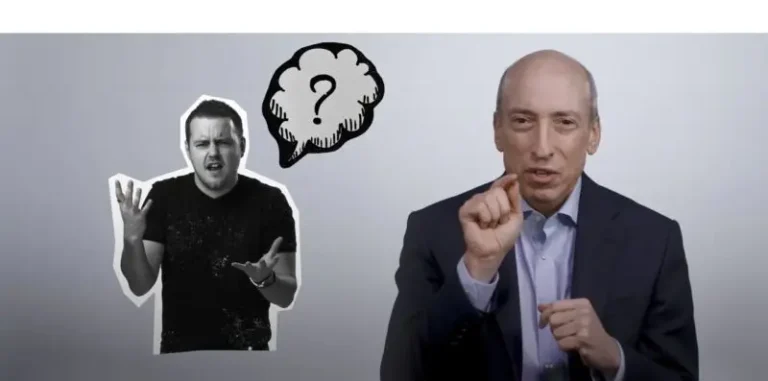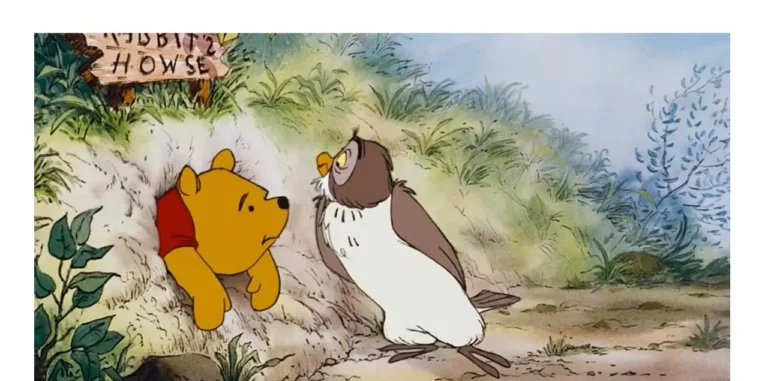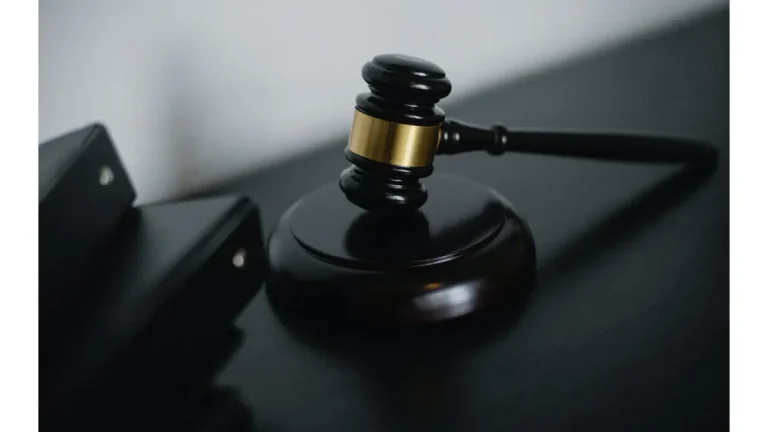The Headline is Your Hook. Choose the Right Bait.
Clickbait that withholds facts or provokes emotions has different results on audiences
Raymond Chandler quipped, “Some big publisher once remarked, a good title is the title of a successful book.”
A story may attract a lot of readers without a good headline, and a good headline doesn’t guarantee readers.
It can be hard to predict what makes a good headline. Yet fresh guidance comes from a recent study of headlines led by Professor Jieun Shin of the University of Florida, Gainesville.
“While headlines have always been an integral component of news articles, the dynamics of modern headlines — particularly on social media — are a new ball game,” Shin and her colleagues write. “Today, the primary role of a news headline is to attract readers rather than inform them.”
Chandler, writing more than 80 years ago, also had thoughts. Both the professor and the novelist have ideas valuable to corporate communicators looking to engage audiences, both external and internal.
Clickbait
Teaser headlines, which withhold key facts from readers to get them to click, had lower engagement on social media, according to the study published in the journal “Digital Journalism.”
The heds, as they are called in some newsrooms, are often questions or look to a future event. They’re a form of “clickbait,” the authors say. The “bait” is the key information left out of the headline.
The lack of engagement (as measured by likes, shares and so on) may be because readers believe that stories often fail to live up to the promise of the headline, according to Shin and her colleagues, two journalism professors.
Our take
Don’t waste your audience’s time by making them click needlessly. This is especially true of newsletters, which should be a rewarding experience to readers even if they never select a single headline.
Remember that your objective is to inform the audience. The traditional purpose of a headline is to give the audience an interesting but succinct summary of the story.
If a story is newsworthy, your audience will want to read more. On the other hand, if a story can be told in a headline, stop and ask yourself, “Should it be a story? Should it be a brief? A social media post?”
Emotion sells
The researchers examined Facebook headlines about vaccination and employment — topics tied to the COVID-19 pandemic — in October 2021 by 95 news outlets, ranging from The New York Times to Politico, and from The Daily Caller to Truthout. They randomly selected nearly 500 stories for study out of about 2,800 options.
The researchers also examined another form of clickbait, headlines that arouse negative emotions, specifically anger. They call these heds, “rage bait.”
Anger-provoking headlines drive stronger audience engagement, the researchers found. This finding is in line with previous research, which has shown that social media users who are angry are more likely to be active on the platforms.
Our take
We don’t recommend anger, but successful headlines can appeal to other emotions, such as happiness, sadness, surprise, inspiration or hopefulness.
“Find the emotional core of the underlying story and put that front and center,” Nick Lanyi, an affiliate consultant with Ragan Consulting Group, wrote.
Especially in the headline. We’d warn you against sensationalizing your headline, but corporate communications is a long way from that being a problem.
The hed is the most important part of any story, and we write about them often. Here’s three quick tips:
• Start early. Before you start reporting, write a draft headline and first sentence.
• Use question headlines sparingly. Save them for big issues or questions that everyone is asking.
• Strengthen your verbs. Avoid passive voice and namby-pamby verbs and business jargon.
Chandler’s quote about titles is from a letter he wrote to his British publisher in 1946, when he was writing his fifth Philip Marlowe novel, called “The Little Sister.” He compared that title to two titles by famed detective fiction author Dashiell Hammett.
“My title may not be very good,” Chandler wrote. “It’s just the best I can think of without straining. I have peculiar ideas about titles. They should never be obviously provocative, nor say anything about murder. They should be rather indirect and neutral, but the form of words should be a little unusual. I haven’t achieved this here. However, as some big publisher once remarked, a good title is the title of a successful book. Offhand, nobody would have thought ‘The Thin Man’ a great title. ‘The Maltese Falcon’ is, because it has rhyme and rhythm and makes the mind ask questions.”
Your headlines also should put questions in the minds of your readers. But the story must answer them. The difference between clickbait and a good headline? Good headlines deliver the goods.
Some people collect refrigerator magnets. Tom Corfman collects headlines. He’s a senior consultant with Ragan Consulting Group, where he directs the Build Better Writers program. Email him to learn how the program could raise the skills of your communications team.
Follow RCG on LinkedIn and subscribe to our weekly newsletter here.

